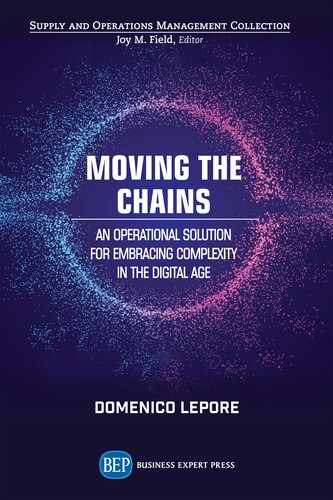Book Description
The way we design and work within our organizations is profoundly impacted by digital technologies and complexity. Speed of flow is critical for innovation, production, communication, and delivery. Arguably, silo-based, functional hierarchies are failing to guarantee the necessary speed of flow as well as quality, and involvement of people. Applying techniques is insufficient. What is required is a radical rethink to compete and thrive. Nothing less than a new way of understanding – an epistemological framework – will do.
This book aims to provide such a framework and show how we can break free from silos and silo thinking through a truly systemic approach. It presents an operational solution that allows organizations to effectively adopt digital technologies and reap their benefits. It highlights the new kind of leadership that our increasingly network-based and distributed business world requires to achieve sustainable prosperity.
